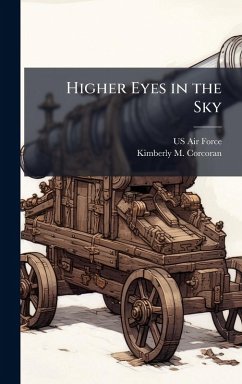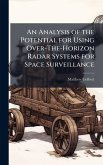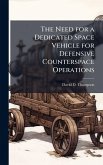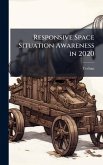During the past few years, United States Air Force (USAF) leaders have begun to emphasize space operations. Global Engagement: A Vision for the 21st Century Air Force states that we will eventually transition from an air and space force into a space and air force and various leaders have opined that that air and space are seamless. Gen Ronald R. Fogleman, USAF chief of staff, introduced the concept that in the future, we will be able to "find, fix, target, track, and engage (F2T2E)" any target, anywhere on the earth. In order to accomplish F2T2E, the functions performed by the E-3 airborne warning and control system (AWACS) and the E-8 joint surveillance, target attack radar system (JSTARS) will need to migrate to space-based platforms. This study explores how such a migration would occur. Before examining space operations, the historical military need for moving tar-get indicators (MTI) is examined, tracing the evolution from hot air balloons to our current AWACS and JSTARS aircraft. Because space systems operate differently from airborne systems, those differences are explored. The organizations involved in space operations are also examined, along with their potential to effect the development of a space-based MTI system. The radar systems of both the AWACS and the JSTARS are described, as well as a few of the most prominent of the proposed space-based systems. The planning for space-based MTI is in its early phases. A "Concept of Operations for Space-Based MTI" has been written, as has a "Space-Based MTI Roadmap." US Space Command has also written the Long Range Plan, which includes space-based MTI concepts in its plan for 2020. These plans are a good start but do not address several important issues, including satellite architecture, whether satellite MTI systems should completely replace airborne systems, who should be responsible for the system, and how battle managers will operate in the new system. This work has been selected by scholars as being culturally important, and is part of the knowledge base of civilization as we know it. This work was reproduced from the original artifact, and remains as true to the original work as possible. Therefore, you will see the original copyright references, library stamps (as most of these works have been housed in our most important libraries around the world), and other notations in the work. This work is in the public domain in the United States of America, and possibly other nations. Within the United States, you may freely copy and distribute this work, as no entity (individual or corporate) has a copyright on the body of the work. As a reproduction of a historical artifact, this work may contain missing or blurred pages, poor pictures, errant marks, etc. Scholars believe, and we concur, that this work is important enough to be preserved, reproduced, and made generally available to the public. We appreciate your support of the preservation process, and thank you for being an important part of keeping this knowledge alive and relevant.
Bitte wählen Sie Ihr Anliegen aus.
Rechnungen
Retourenschein anfordern
Bestellstatus
Storno








